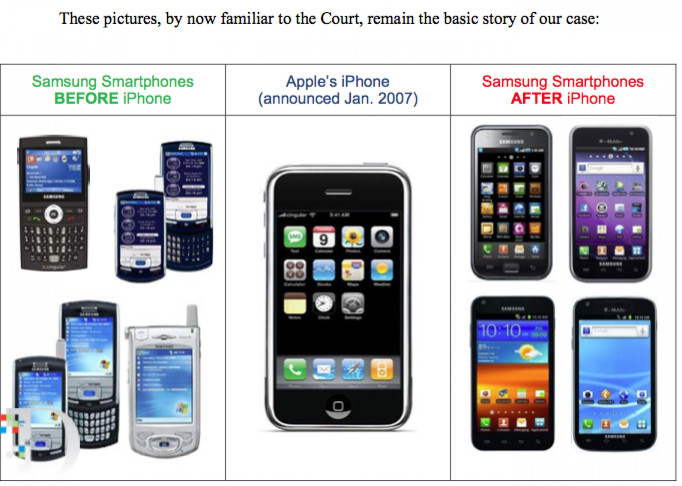South African Company Wants to Build Cheap Phones Locally; Will it Work?

Sub-Saharan Africa is one of the world’s fastest-growing mobile markets, and smartphones are becoming ever more popular. Though foreign brands dominate the sector, one South African company wants to create an affordable, locally produced device to compete with them. But the smartphone handset set to launch in January may, in fact, be neither of those things.
CZ Electronics, a South African company, recently announced plans to launch the “io,” a project that has been in the works for almost two years.
Sagran Pillay, the company’s CEO, said manufacturing the io will not only place the company in an advantageous position in the continent’s lucrative mobile market, but also help with development.
“Through the creation of jobs, we would like to increase the development of skills in an increasing number of people to ensure a sustainable future through social investment,” he said.
But the price of $250 still makes it an expensive purchase for Africans. To compare, the iPhone 5C went on sale last month for about $100, with the 5S model reaching anywhere between $600 and $700.
Many African mobile users have pre-paid payment plans, which means they must pay the entire cost of the handset immediately – unlike North American customers who may be used to contract discounts.
“People who buy $200 phones upfront are people who are part of the middle class and high end in Africa,” Thecla Mbonge, a senior research analyst with Informa, a market research company, told Hilary Heuler for her blog post published on Tuesday.
According to the Informa’s recent research, there will be 204 million smartphone connections in Africa, up from just 79 million in 2012. But that growth forecast is based on cheap devices from foreign manufacturers.
“The arrival in the African market of low-cost smartphones, many of which are made by Chinese manufacturers and typically use the Android OS, is one of the key factors driving the increase in smartphone penetration on the continent,” reads the report.
There have been other phones specifically made for the African market, but they have always come from abroad.
According to International Data Corp, Samsung manufactured roughly 52 percent of all smartphones used on the continent in the second quarter of 2013.
For example, when Kenya’s Safaricom, owned by UK-based Vodafone Group Plc., launched the $125 Yolo smartphone with a camera, 1080p HD video and Intel technology in early 2013, the stock sold out in less than two weeks.
Attempts to produce devices locally haven’t gone as well. In 2007, the Chinese company ZTE had to close its Nigerian phone assembly plant after just two years because it simply wasn’t profitable, according to IDG News Service.
But this hasn’t deterred CZ Electronics, which plans to launch the device in January 2014.
The io is meant to have features that rival Samsung and Apple’s top-market devices. It will be roughly five inches long, have a LCP touchscreen and 4 GB of storage. The battery will be made to last for days and it will be able to hold two SIM cards – which is a common feature on African phones that allow users to save money.
Also, the company will be pre-assembling most of the phones in a factory in Taiwan, until it can train workers in Boksburg, South Africa, to assemble the handsets.
CZ Electronics worked with an engineering team in Taiwan to design the handsets. “Full training will be provided by the Taiwanese team for a period of approximately three months to ensure our employees are fully up to speed,” Pillay said in November.
© Copyright IBTimes 2024. All rights reserved.






















